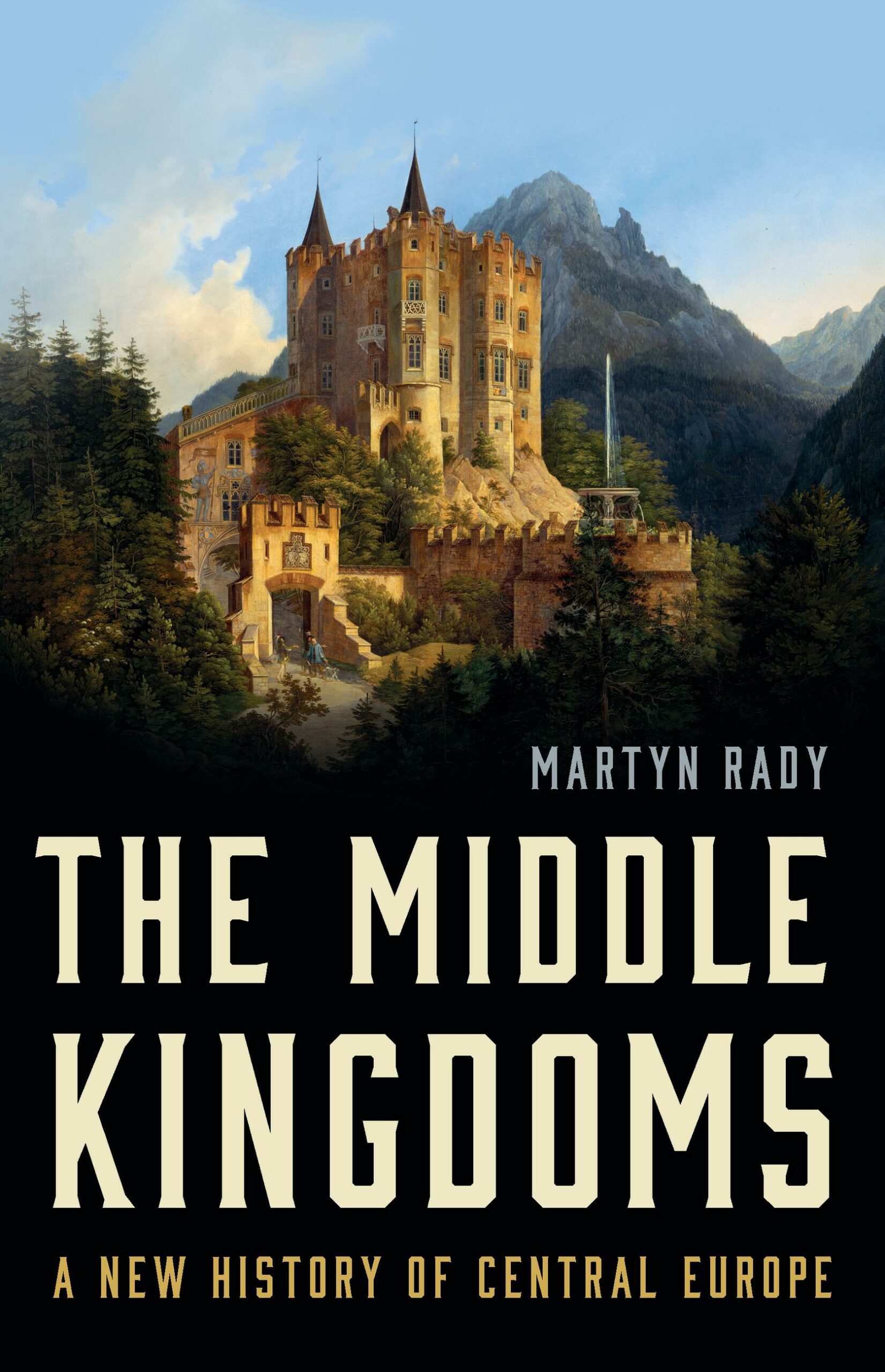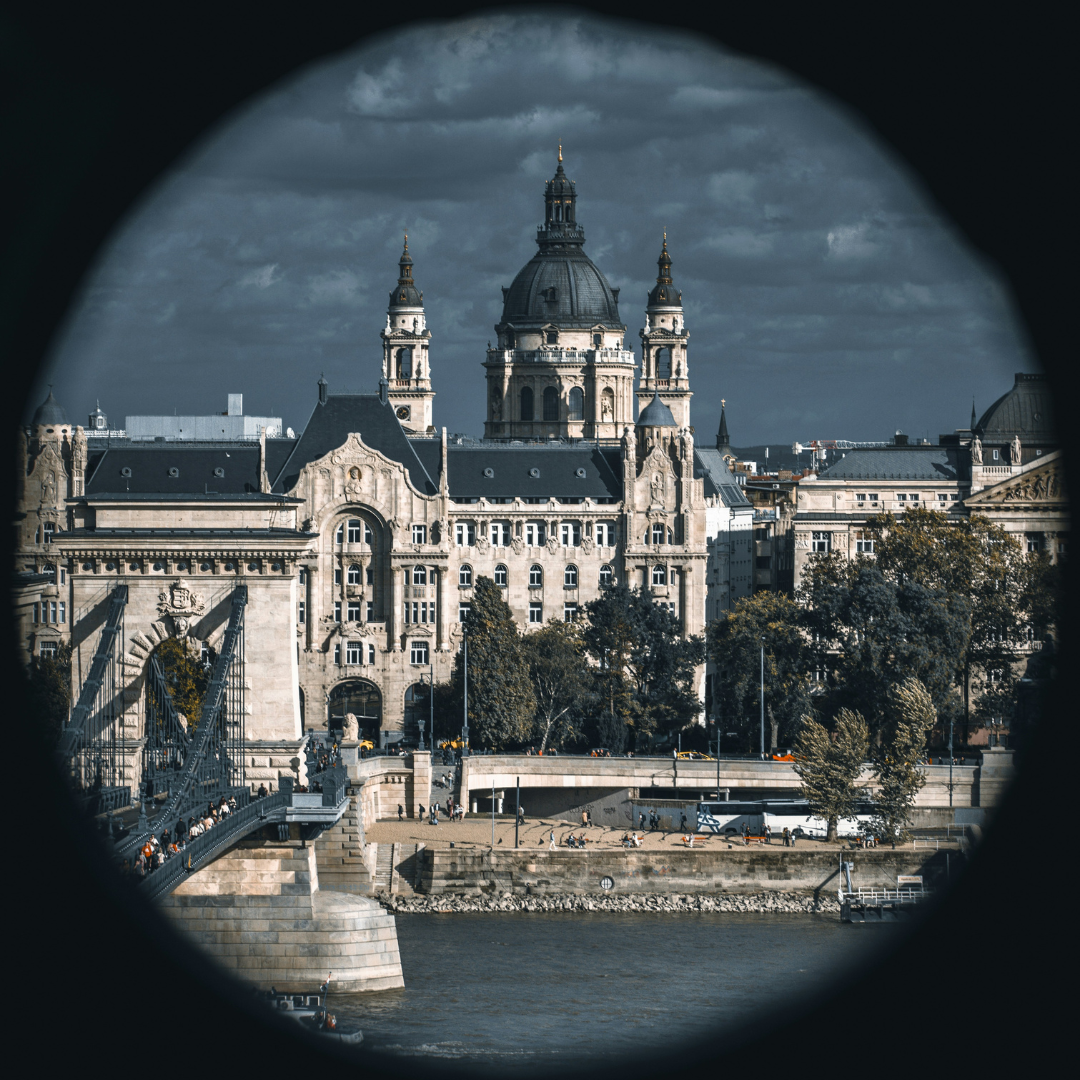A new history of the Middle Kingdoms

Published by: Basic Books

In over 500 pages of text, the retired British historian Martyn Rady sketches the convoluted histories of Central Europe from the time of the Roman Empire in the second century C.E. to the renewed Russian invasion of Ukraine in 2022. It was of course no easy task to take on these two thousand years and to try to organize some type of a coherent narrative. As Rady admits, his task was not made any easier by the COVID pandemic that occurred while he was writing. In the Acknowledgements he states, “[s]ome of the gaps in my reading are simply due to all the libraries in London being closed at the time I was writing a particular chapter” (p. 517).
That being noted, Rady has succeeded in roughly defining the subject of “Central Europe” (his “Middle Kingdoms”) by concentrating on the key political units of Bohemia, Poland (-Lithuania) and – especially—Hungary, with significant inclusion of the Holy Roman Empire and the Habsburg territories. Relying frequently on his own work and bringing in an often-sidelined Hungarian perspective, Rady provides a useful overview of the political histories of the areas in question (roughly, those located in the spaces between the Rhine and Russia).
Rady begins by stating that the wishes to see Central Europe not just as “a contested space” (p. 6), but as a region whose political rulers actively participated in history. He also struggles against the historiographic grain, as all of us who write the histories of the region do, by trying to go beyond the nation-state histories that dominate the historical discussion. As Rady points out in his introduction to “Further Reading,” (all in English, by the way), “[m]ost history books about Central Europe are national histories” (p. 519). This book is not.
Worthwhile unifying themes that Rady emphasizes include the fact that in Central Europe rulers often had to share power. He points out the significant roles of alternative political structures such as the Hanseatic League (Chapter 11), the role of urban self-administration, and, most importantly, the diets and assemblies with which Central European political leaders had to negotiate. As he writes, “power never belonged to monarchs alone” (p. 115). Rady’s harsh description of the negative effects the implementation of Roman Law had in the region also serves as a significant antidote to the often saccharine and superficial approach to the study of the “Renaissance” and its revival of Antique forms in the fifteenth and sixteenth centuries; “[…] the Renaissance state born of Roman Law nourished despotism,” he writes (p.191).
As a specialist on the Habsburgs and their roles in Central European history, I should point out how well Rady takes on that family’s rule in the same fifteenth and sixteenth centuries. Here, he shows how Habsburg Austria “signalled a set of beliefs that stood apart from geography.” “Indeed, Austria was not really a land at all, but a learned construction” (p. 171). Rady gives credit to the often-underappreciated Holy Roman Emperor Frederick III (reigned 1440-1493) who, he writes, “understood power in a way few others did” (p. 168). Together with his son, the Elected Holy Roman Emperor Maximilian I (reigned 1493-1519), the two “restocked the imperial idea” (p. 174) and set in motion the cultural and political developments that would help to structure Central Europe for the next four centuries.
Although the Habsburgs play a large role in Rady’s narrative for many chapters, Austria disappears from the stage in the twentieth century.
The Middle Kingdoms, perhaps due to the specific characteristics of the time during which it was composed, exhibits some peculiarities. Of course, not everything can be covered – even in 500 pages—when one is trying to discuss two thousand years of history. Rady relies heavily on secondary sources in English, German, and Hungarian, with little evidence of interaction with secondary evidence in Slavic languages. He cites at times peculiar sources, perhaps because they were available online in those complicated pandemic years. These sources include the “Friends of Czech Heritage Newsletter” (p. 101, note 19) and a University of Omaha MA thesis from almost sixty years ago (p. 334, note 12).
In general, the discussions of the development of the Prussian state and the German Empire in the eighteenth and nineteenth centuries strike me as rather stale retellings of an oft-told narrative; see Chapter 21: “The Prussian Way: Cemetery Marionettes and the Machine State.” Rady tries to liven up the old story by fixating on the person of the famous Pomeranian politician Otto von Bismarck (1815-1898), whom he calls “a gluttonous, hard-drinking oaf” (p. 384). Although the Habsburgs play a large role in Rady’s narrative for many chapters, Austria disappears from the stage in the twentieth century. The post-Second World War sections of the book turn into an almost exclusive discussion of Socialist Central Europe and its states’ post-1989 aftermath.
The work exhibits a startling lack of interest in the topic of women in Central Europe or interaction with the significant and growing body of historical literature on the subject. According to my calculations based on the book’s index, Rady’s work only mentions twenty-one specific women in its five hundred pages. These mentions include non-Central Europeans such as the queen-empress Victoria of the United Kingdom and India, as well as Eleanor Roosevelt and Liza Minelli of the USA. Women such as Bismarck’s (unnamed) wife show up accompanied by a handful of female Central European rulers. (One is never allowed to forget the Habsburg Holy Roman Empress-consort Maria Theresa, for example!) In general, there are almost no “average” women mentioned aside from slaves, victims of violence, or prostitutes. We need to work harder to incorporate women as well as people of various sexualities and gender identities into the “big picture” of Central Europe’s histories.
If one wishes to fully separate away from the nation-state paradigm, as Rady rightly advocates doing, a wider lens could be used, perhaps one that also goes beyond the outdated “Gypsies” idea employed by Rady. Who better to emphasize in the quest to overcome the nineteenth-century ethno-nationalism he rightly criticizes than these women and men whom no nation-state claims? This perhaps also points to the “incongruity of state and nation” (p. 513) that Rady mentions in his conclusion as one of the reasons for Central Europe’s horrific modern histories.
In closing, Rady points to the east, in the direction from which many influences on Central Europe have come: for today’s “new Central Europe”, “[…] the principal threat is from Russia” (p. 514). He concedes in his acknowledgements that due to the Russian invasions of Ukraine, “…the final text reads more gloomily than earlier drafts” (p. 517). We can hope that the resiliency shown by Central Europeans over the last two millennia and documented in this book will prove his gloom unfounded. Or is gloom the appropriate and very Central European response?
Joseph F. Patrouch is a professor in the Department of History, Classics, and Religion at the University of Alberta where he researches and teaches about the histories of the Habsburgs’ empires and the Holy Roman Empire in the Early Modern period. An author of two monographs on related topics as well as many articles and reviews, he is currently researching the travels of the Central European Habsburgs’ courts in 1569-1570 as well as the activities of the Habsburgs around the world in the Early Modern period. From 2011-2021 he served as Director of the Wirth Institute for Austrian and Central European Studies.
